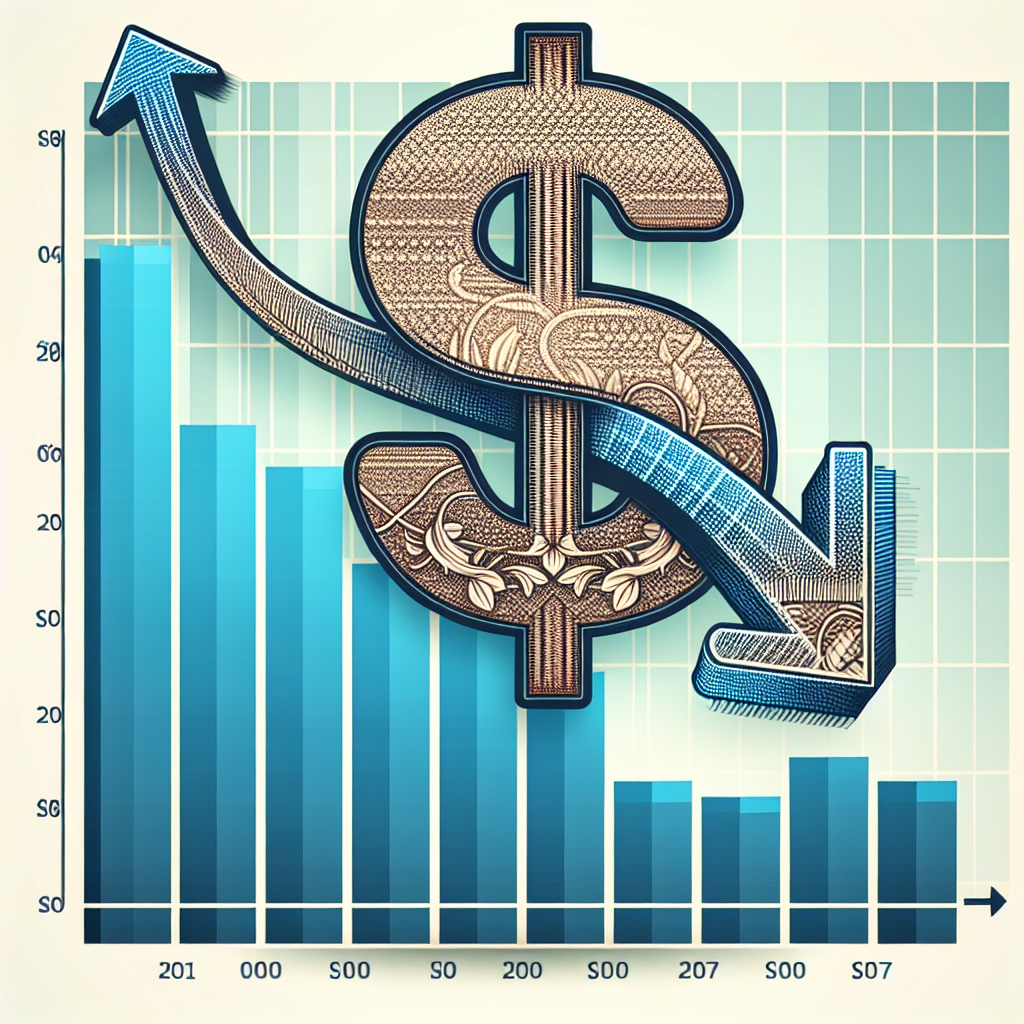As the latest jobs data indicates a strong US economy, focus will now shift to the Federal Reserve’s ongoing concern about easing price pressures. The upcoming week will see the release of January’s consumer price index data, expected to show a slight deceleration in the rate of price increases. Despite this, it is unlikely to prompt an immediate interest rate cut by the central bank.
Economists surveyed by Reuters anticipate that the core inflation measure, excluding volatile food and energy prices, will show a 0.3% increase month-on-month, translating to a 3.1% year-on-year rate, down from December’s 3.2%. The headline rate is forecasted to hold steady at 2.9%.
Following last month’s decision to keep rates unchanged, the Fed signaled a cautious approach towards further easing unless supported by compelling data. Futures markets indicate an 80% probability of a quarter-point rate cut by the July meeting, with mixed expectations for another cut by year-end.
The forthcoming data will be scrutinized for any indications of wage inflation observed in the recent jobs report, where wages rose by 0.5% month-on-month, surpassing the projected 0.3% increase. With unemployment dropping to 4%, suggesting a tighter labor market that could fuel price pressures, concerns are raised.
Despite these developments, economist David Rosenberg of Rosenberg Research believes that the current data supports the Fed’s decision to maintain the status quo for the time being.
Is the UK economy witnessing a revival?
Anticipated UK economic growth figures set to be disclosed by the Office for National Statistics may pose challenges for chancellor Rachel Reeves. Economists predict a 0.1% contraction in the final quarter of 2024, following stagnant growth in the previous three months. The decline is attributed to a broad-based downturn in business confidence, per the Bank of England’s assessment.
If the economy experiences a larger-than-expected contraction or previous data is revised downward, market expectations for interest rate cuts in 2025 may intensify. The BoE has already lowered borrowing costs to 4.5%, with projections of two additional rate reductions this year.
The BoE’s revised growth forecast for 2025 stands at 0.75%, a significant downgrade from the initial 1.5% estimate. Despite these challenges, economist Ellie Henderson of Investec remains optimistic about potential consumer spending due to rising wages and substantial household savings.
Will the Swiss National Bank implement negative interest rates?
Swiss inflation data to be released this week could influence the decision on whether the country reverts to negative interest rates. Analysts predict a decline in the consumer price index for January, potentially prompting the Swiss National Bank to adjust its current 0.5% rates.
Given Switzerland’s subdued inflation and sluggish growth, there is speculation that interest rates might turn negative again, following a previous period of negative rates until 2022. The SNB’s recent rate cut in response to weak inflation and global economic uncertainty underscores the possibility of further adjustments in the future.
Markets are pricing in the likelihood of rate cuts by the SNB in the coming months, with expectations of rates reaching zero by mid-year. Economist Tomas Dvorak foresees inflation hovering between 0.3-0.5% throughout the year, citing the country’s service-oriented economy and non-EU status as potential factors mitigating external pressures.
Despite limited maneuverability, Dvorak acknowledges the potential for negative shocks to push interest rates below zero, emphasizing the delicate balance between deflation and negative rates.

